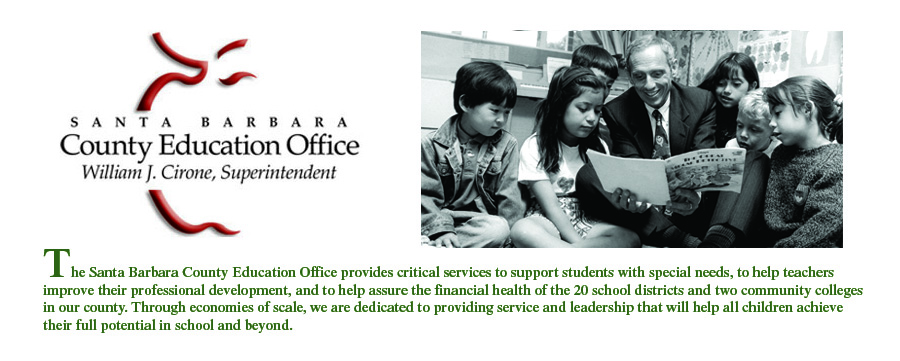According to author Doris Lee McCoy, successful people have several traits in common. The good news is that parents can help nurture and cultivate these traits among their children.
- First, successful people enjoy their work. They can be good at it because they like doing it.
- Successful people almost always have a positive attitude and plenty of confidence that gets them through the rough spots.
- They invariably use negative experiences to discover their strengths. They see negatives as challenges to overcome and to learn from.
- Successful people are also decisive, disciplined goal-setters. They don’t let distractions get in the way.
- They have integrity, and they help others succeed.
- Successful people are also persistent. They keep at it until the goal is reached, where others may get discouraged and choose another path.
- They’re also risk takers, in the spirit of “Nothing ventured, nothing gained.”
- They’ve developed good communication skills and problem-solving skills.
- They surround themselves with competent, responsible, and supportive people, and know how to tell the difference.
- They’re healthy, high-energy people, and they schedule time to renew themselves before problems can arise.
These traits apply to young and old alike.



